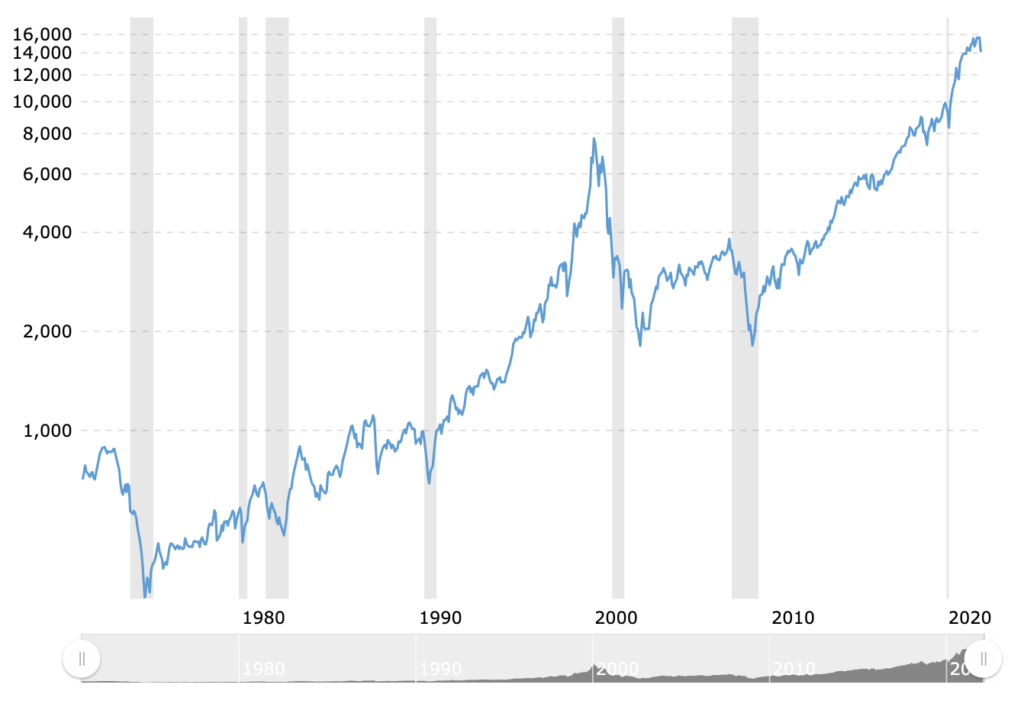
Cryptocurrencies have created many multimillionaires – even some billionaires. While this might seem like an opportunity for emancipation, I can’t help but think that the opposite is true.
Before I commence my diatribe, let me be clear: Cryptocurrencies are incredible. The technology underpinning them (like blockchain and DLT) is brilliant and has many use cases. It is here to stay. I believe all sovereign countries will move to their own cryptocurrencies, like US-crypto or AU-crypto. Of course, a few ‘indy’ currencies will survive like Bitcoin and Ethereum. My bet is they’ll eventually trade as a kind of digital commodity, like precious metals, oil or grains are today. The other 10,000+ crypto currencies will become the penny stocks of tomorrow.
Now to what I really think as an economist about crypto ‘investing’.
Speculation Is Inevitable
When fortunes are made seemingly overnight, FOMO is inevitable. This in turn leads to risky speculation. I wish I made bigger bets on cryptocurrency when I discussed it in my first book in 2014 and blogged about it here in 2015. It has risen 100 fold since then. While I made some gains (I’ve lost some coins too), it was pure luck. I was experimenting with the technology, rather than investing. But like any burgeoning technology, it must go through a speculative boom and bust before it can settle into the economic infrastructure.
Remember the dot com boom between 1995-2000? Any IPO touting the word ‘.com’ had investors lining up. Share prices of companies with neither assets nor customers, but armed with a loose idea of how they were going to change the world, skyrocketed. In five short years, the Nasdaq rose 570% (chart below). The bust started on March 11th in 2000. It didn’t get back to those highs for 15 long years.

It’s usually during these ‘down years’ that we sift out what the market really needs, leaving behind the frenzy created by opportunistic hucksters taking advantage of the human instinct to gamble.
Where is Crypto at now?
Bitcoin has lost around 37% of its value since November, and at one point was half its peak price. Cryptocurrencies have lost a combined $1.4 trillion in value. As brokers like to say, there is ‘blood on the floor’.
But as any crypto acolyte will tell you, this has happened before. Big drops are not uncommon. Their advice would be to buy on the dip. Not because there is any underlying economic reason. just because they saw a pattern last time. But as any sophisticated investor will tell you, it doesn’t mean that pattern will emerge next time.
No one really knows if the price will go to a million per Bitcoin, or just one dollar. Every day, we see crazy gains from at least one cryptocurrency. Today it was Fighter Shiba, which rose 858% in a single day. Tomorrow it will be a different cryptocurrency. When it comes to the future of crypto prices, people are just guessing. Guessing is not investing.
Scarcity is Not Enough
Sure, there will only ever be 21 million Bitcoins, but Fighter Shiba and every other crypto is scarce too. Scarcity is not a valid argument for investing. On its own, it doesn’t create value. Things of value need utility or yield. When you buy a stock of Apple, Alphabet or Amazon, their prices may well be depressed for a period, but it doesn’t stop people buying iPhones, searching or ordering online. These compnaies are not just financial constructs, they bear fruit. Likewise, It doesn’t matter what the currency of the day is, or becomes – they’ll trade in it.
If cryptocurrencies want to be a store of value or economic utility – then they can’t rise in perpetuity, they must stabilise at some point. If they don’t, they become a Ponzi scheme.
Currencies are Natural Monopolies
There are many cryptos aiming to be the currency of an industry sector – like energy, social media, data storage or logistics. But It doesn’t make sense to have lots of currencies. Currencies are what we call a natural monopoly. People need a single reference point to transact in, otherwise it’s just too complex.
We get paid in dollars – and we need know what something costs us, when we buy it, in the currency we earn. Just think of how confusing juggling multiple currencies is when you travel overseas. Believing we’ll end up with multiple cryptos is pure folly, because it doesn’t take into account human behaviour. Hundreds of years ago, regional banks around the world had their own currencies, as did small villages. But it became too complex once we started travelling and trading on a grander scale, so we reverted to precious metals and eventually fiat currencies. History matters.
The Youth Target
If you’re under the age of 30 as many of my readers are, I can see how crypto’s massive gains are attractive. It’s a chance to get in the game, to stick it to the man. We often hear how boomers stole the future and priced you out of the housing market. It’s understandable. But cryptos growth is unsustainable. The average per annum growth of both shares and property over hundreds of years is around 10%. Anything above that long term average is the anomaly, so we ought be wary.
Every Saturday the Australian Financial Review runs a full page advertisement from the currency exchange Crypto.com which says “Fortune Favours the Brave”. If you think it sounds more like gambling than thoughtful capital allocation, trust your instincts. The one thing we need to remember about exchanges and brokers of all sorts is that they make money when people are trading. It matters not to them whether prices are going up or down.
We can add to this gambling ethic the recent example of crypto exchanges sponsoring football teams around the world. AFL, NRL, Premier league, NFL – cryptos are the latest way to have a wager. Those encouraging it are well aware of where crypto fits in many young adults minds. So they went to where the gamblers are.
So, is it gambling or Investing?
My view is pretty clear. And the lesson is simple – unless you understand where you are putting your money and why, you are gambling.
There are many people who became wealthy through gambling. Maybe you want to take that risk, but unless you’re happy to lose what you play with, I wouldn’t go there.
Capital allocated to high risk assets should never exceed 5% of a balanced investment portfolio. Remember, for every single investment you lose your money on, you need 10 successful investments (10% ROI) to just get back to where you started. A sobering thought.
– – –
Keep Thinking,
Steve.